9 New World Heritage Sites Announced By Unesco 2016
MessageToEagle.com – Unesco has placed nine new sites on its World Heritage List, including the ancient city of Ani, an Armenian city located in northeast Turkey.
The 9 new World Heritage sites are:
1. Ancient City of Ani – Turkey
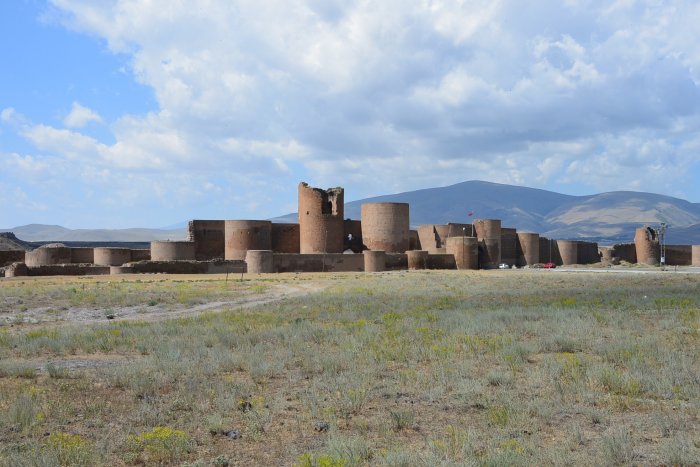
The 5,000-year-old great city of Ani was once a powerful and a flourishing place. Sadly, wars and hostile invasion forces put a definite end to its prosperity. What remains today of the lost capital of Armenia is nothing but forgotten ruins scattered over a vast area.
Not long ago secret water channels, mysterious monk cells, meditation rooms, huge corridors, intricate tunnels, traps and corners were discovered under the ruins of the ancient city.
Situated on the eastern border of Turkey, across the Akhurian River from Armenia, the ancient city of Ani was once called the “City of 1,001 Churches” or the “City of Forty Gates.” At its height, Ani had a population of 100,000–200,000 people and was the rival of Constantinople, Baghdad and Damascus. Founded more than 1,600 years ago, Ani was situated on several trade routes. The location was one of the reasons why Ani and the surrounding region were conquered hundreds of times. Byzantine emperors, Ottoman Turks, Armenians, nomadic Kurds, Georgians, and Russians claimed and reclaimed the area, repeatedly attacking and chasing out residents. Read more
2. Nalanda – The Oldest University In The World

It was an active center of education located about 88 km south-east of Patna in Bihar, northeastern India and not far from what is today the southern border of Nepal. Based on historical sources, we can say that the Nalanda University – supported by the Hindu Gupta rulers, Buddhist emperors like Harshavardhana as well as the later Pala Emperors – had a long and celebrated life which lasted almost continually for 800 years from 5th to 12th century AD.
By the time the first European university was established in Bologna in 1088, Nalanda had been providing higher education to thousands of students from Asian countries for more than six hundred years.
The university was an architectural and environmental masterpiece. It had eight separate compounds, 10 temples, meditation halls, classrooms, lakes and parks. Read more
3. Ancient Site of Philippi – Greece
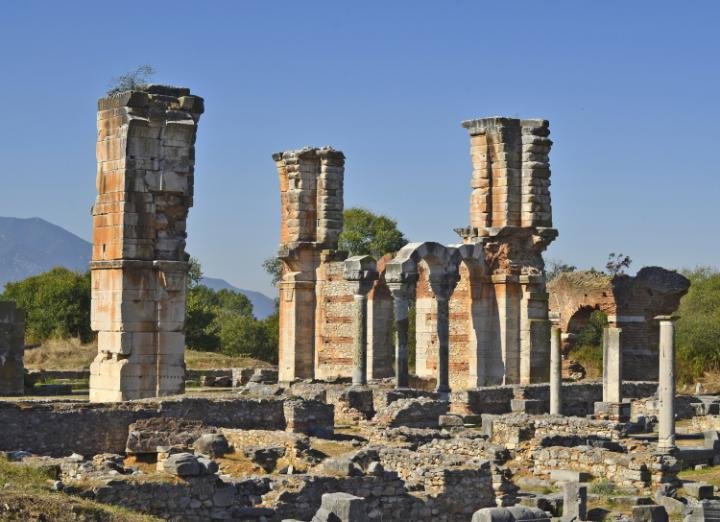
The ancient site of Philippi is located in Greece. The walled city, founded in 356BC by the Macedonian King Philip II, lies on an ancient trade route that links Europe and Asia. The city developed as a “small Rome” with the establishment of the Roman Empire in the decades following the Battle of Philippi, in 42 BCE. The Hellenistic theatre and funerary heroon (temple) were supplemented with Roman buildings such as the forum.
Over the years the site has been adopted and developed by various religions and civilizations, including the Roman Empire (in 42BC) and Christian apostles (46AD).
4. Stecci Medieval Tombstones Graveyards – Bosnia and Herzegovina, Croatia, Montenegro, Serbia
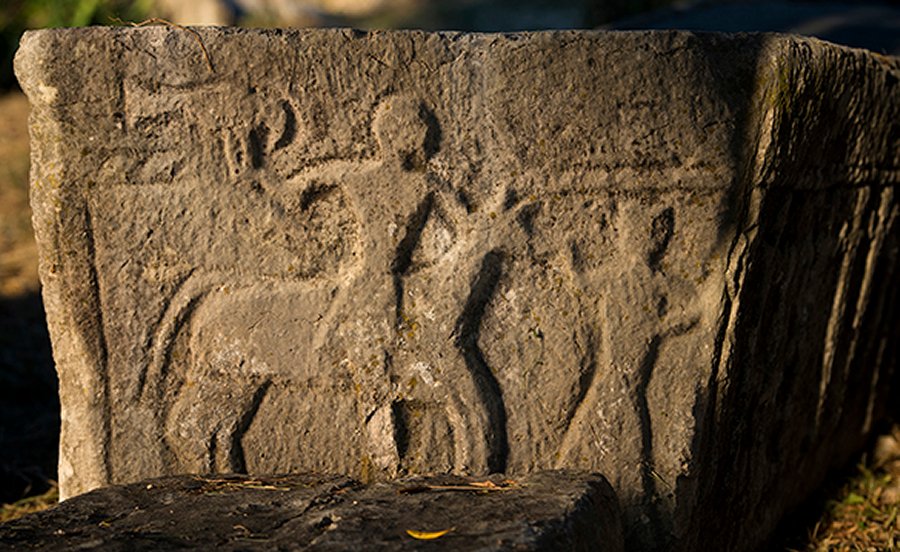
Enigmatic Stecci, the tombstones, often referred as stone sleepers, are one of the oldest witnesses of the Bosnia and Herzegovina history.
They are considered the region’s most legendary symbol.
A single tombstone or collections of monoliths are scattered throughout the entire territory of the present Bosnia and Herzegovina, as well as in parts of Croatia, Serbia and Montenegro.
‘Stecci’ probably appeared in the second half of the 12th century, with the first phase lasting throughout the 13th century. A period of the most intensive production and decoration were the 14th and 15th centuries. In the 16th century their use completely ceased.
There are about 70,000 medieval stecci tombstones recorded at 3,300 odd sites, about 60,000 monuments are located in Bosnia and Herzegovina, 4,400 in Croatia, 3,500 in Montenegro and 4,100 in Serbia.
Based on historical records, the oldest mention of stecci dates back to 1530 and comes from the notes of the 16th century diplomat Benedict Curipeschitz, who traveled to Constantinople. Read more
5. The Persian Qanat – Iran
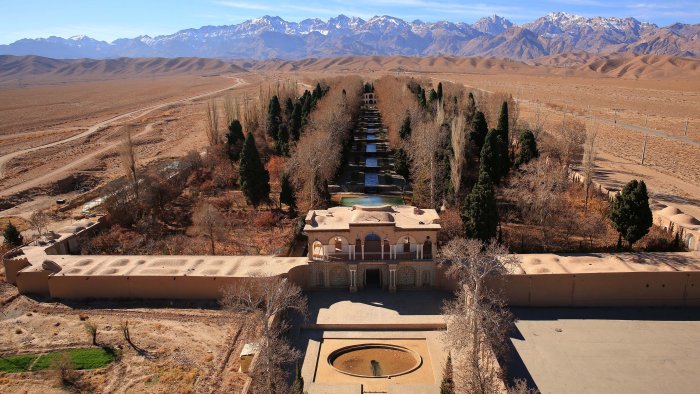
Throughout the arid regions of Iran, agricultural and permanent settlements are supported by the ancient qanat system of tapping alluvial aquifers at the heads of valleys and conducting the water along underground tunnels by gravity, often over many kilometers.
The eleven qanats representing this system include rest areas for workers, water reservoirs and watermills. The traditional communal management system still in place allows equitable and sustainable water sharing and distribution. The qanats provide exceptional testimony to cultural traditions and civilizations in desert areas with an arid climate. Read more
6. Nan Madol – Ancient Ceremonial Centre – Eastern Micronesia
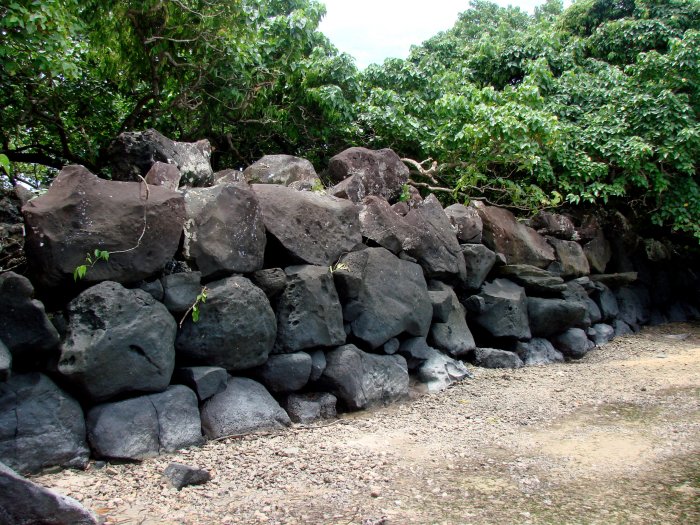
These 99 artificial islets off the south-east coast of Pohnpei were built between 1200 and 1500, as a ceremonial center of the Saudeleur dynasty, a vibrant civilization in Pacific Island culture.
See also:
10 Mysterious Ancient Stones And Carved Rocks In North America
10 Reconstructions Of Ancient Cities, Monuments And Sacred Sites
10 Magnificent Ancient Libraries
These islets harbor the remains of stone palaces, temples, tombs and residential domains built between 1200 and 1500 CE.
The huge scale of the edifices, their technical sophistication and the concentration of megalithic structures bear testimony to complex social and religious practices of the island societies of the period.
7. Antequera Dolmens – Spain
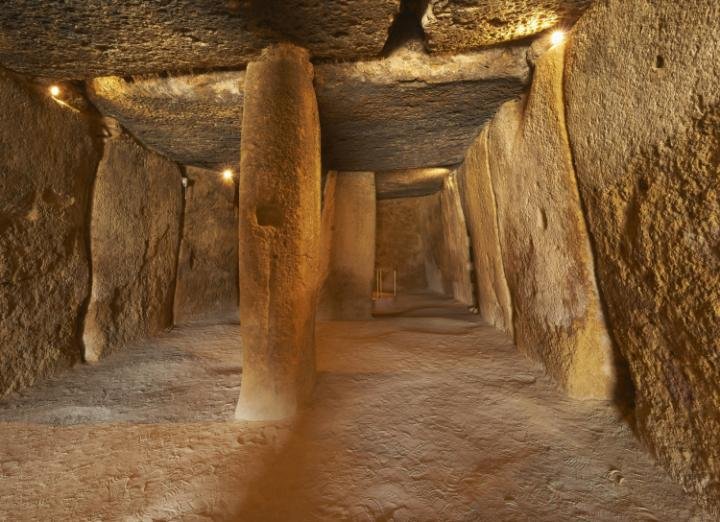
At the heart of Andalusia in southern Spain there is an ancient site that comprises three megalithic monuments: the Menga and Viera dolmens and the Tolos of El Romeral, and two natural monuments: the Peña de los Enamorados and El Torcal mountainous formations, which are landmarks within the property. These are the Antequera dolmens.
The site was built during the Neolithic and Bronze Age out of large stone blocks. These monuments form chambers with lintelled roofs or false cupolas. These three tombs buried beneath their original earth tumuli, are one of the most remarkable architectural works of European prehistory and one of the most important examples of European Megalithism.
8. Antigua Naval Dockyard and Related Archaeological Sites – Antigua and Barbuda
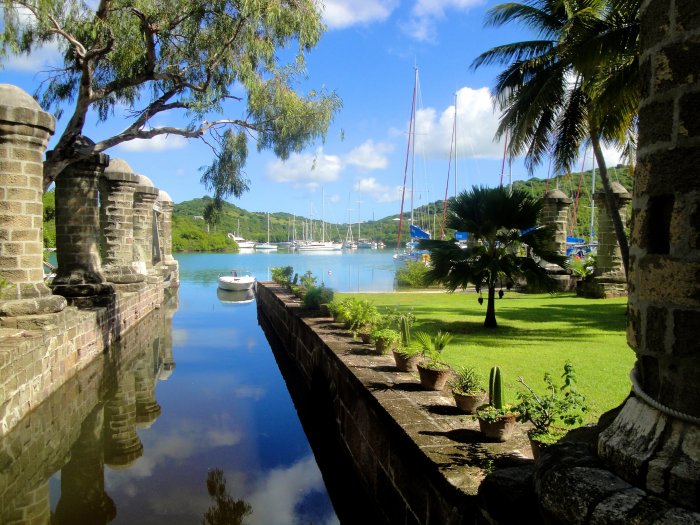
The site consists of a group of Georgian-style naval buildings and structures, set within a walled enclosure. The natural environment of this side of the island of Antigua, with its deep, narrow bays surrounded by highlands, offered shelter from hurricanes and was ideal for repairing ships.
The construction of the Dockyard by the British navy would not have been possible without the labour of generations of enslaved Africans since the end of the 18th century. Its aim was to protect the interests of sugar cane planters at a time when European powers were competing for control of the Eastern Caribbean.
9. Gorham’s Cave Complex – United Kingdom And Northern Ireland
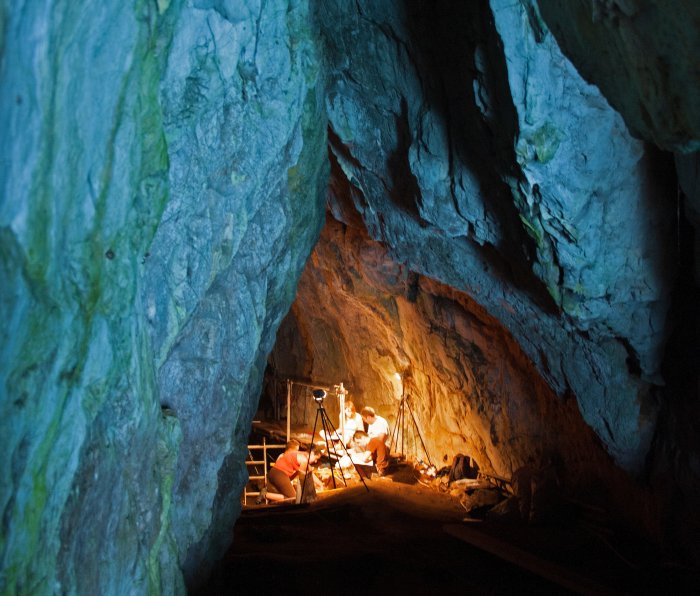
The steep limestone cliffs on the eastern side of the Rock of Gibraltar contain four caves with archaeological and paleontological deposits that provide evidence of Neanderthal occupation over a span of more than 125,000 years.
This exceptional testimony to the cultural traditions of the Neanderthals is seen notably in evidence of the hunting of birds and marine animals for food, the use of feathers for ornamentation and the presence of abstract rock engravings. Scientific research on these sites has already contributed substantially to debates about Neanderthal and human evolution.
MessageToEagle.com
Related Posts
-
 10 Divine Weapons Of The Gods
No Comments | Jul 28, 2015
10 Divine Weapons Of The Gods
No Comments | Jul 28, 2015 -
 10 Great Ancient Mysteries Of Africa
No Comments | Mar 12, 2017
10 Great Ancient Mysteries Of Africa
No Comments | Mar 12, 2017 -
 5 Beautiful Nebulae – Among The Most Amazing Astronomical Objects In The Night Sky
No Comments | Oct 4, 2015
5 Beautiful Nebulae – Among The Most Amazing Astronomical Objects In The Night Sky
No Comments | Oct 4, 2015 -
 12 Ancient Myths, Legends And Biblical Stories Confirmed By Modern Science
No Comments | Apr 22, 2017
12 Ancient Myths, Legends And Biblical Stories Confirmed By Modern Science
No Comments | Apr 22, 2017 -
 30 Great Archaeological Discoveries In Scandinavia 2016
No Comments | Jan 1, 2017
30 Great Archaeological Discoveries In Scandinavia 2016
No Comments | Jan 1, 2017 -
 10 Astronomy Facts: Remarkable, Fascinating And Puzzling
No Comments | Oct 10, 2015
10 Astronomy Facts: Remarkable, Fascinating And Puzzling
No Comments | Oct 10, 2015 -
 10 Scientific Studies That Prove Consciousness Can Alter Our Physical Material World
No Comments | Mar 5, 2020
10 Scientific Studies That Prove Consciousness Can Alter Our Physical Material World
No Comments | Mar 5, 2020 -
 10 Types Of Ancient Crosses In Different Cultures Explained
No Comments | May 23, 2017
10 Types Of Ancient Crosses In Different Cultures Explained
No Comments | May 23, 2017 -
 10 Mysterious Undeciphered Ancient Scripts, Tablets, Codes And Maps
No Comments | Sep 16, 2014
10 Mysterious Undeciphered Ancient Scripts, Tablets, Codes And Maps
No Comments | Sep 16, 2014 -
 10 Remarkable Ancient Indian Sages Familiar With Advanced Technology & Science Long Before Modern Era
No Comments | Oct 19, 2015
10 Remarkable Ancient Indian Sages Familiar With Advanced Technology & Science Long Before Modern Era
No Comments | Oct 19, 2015
